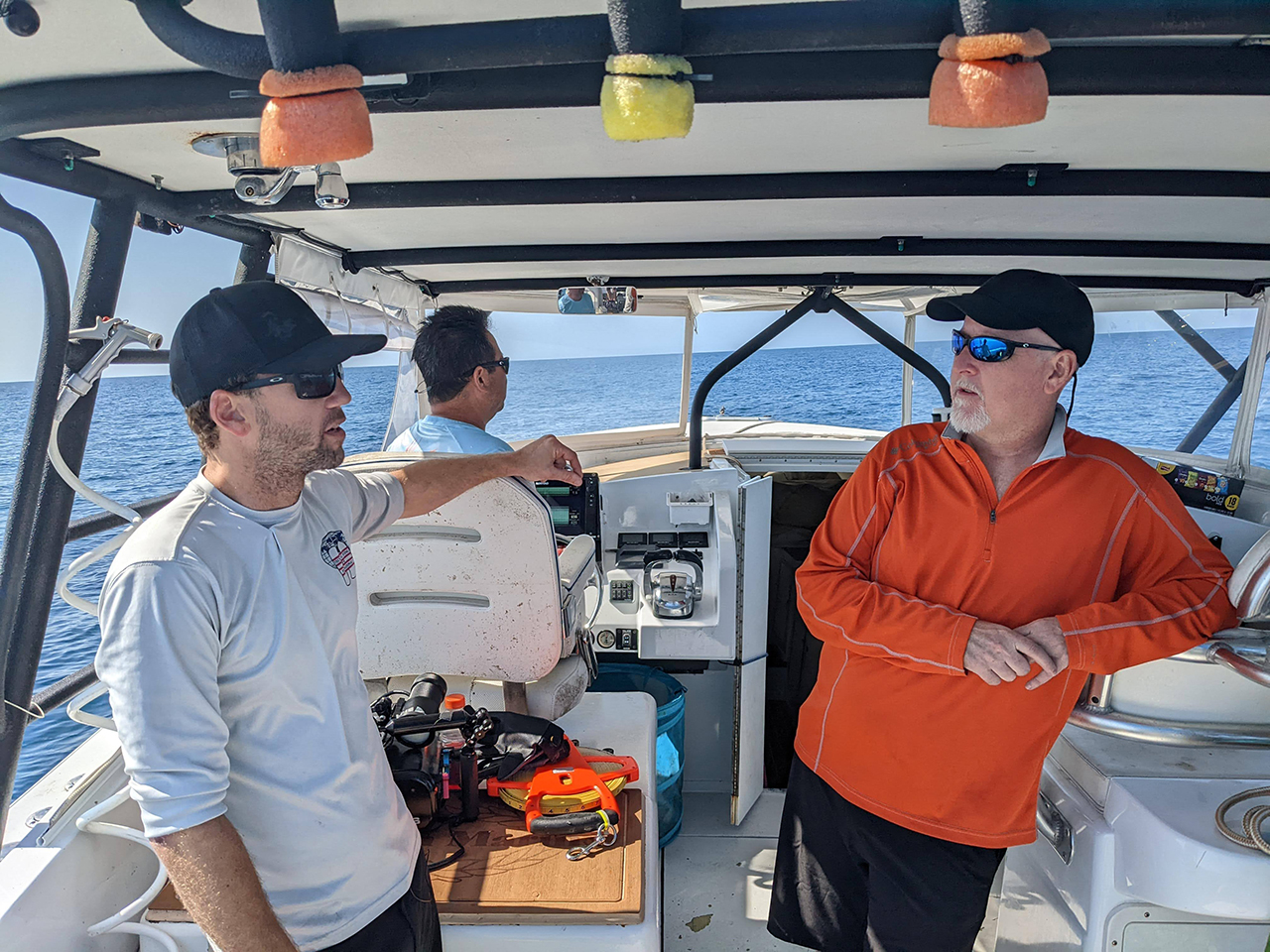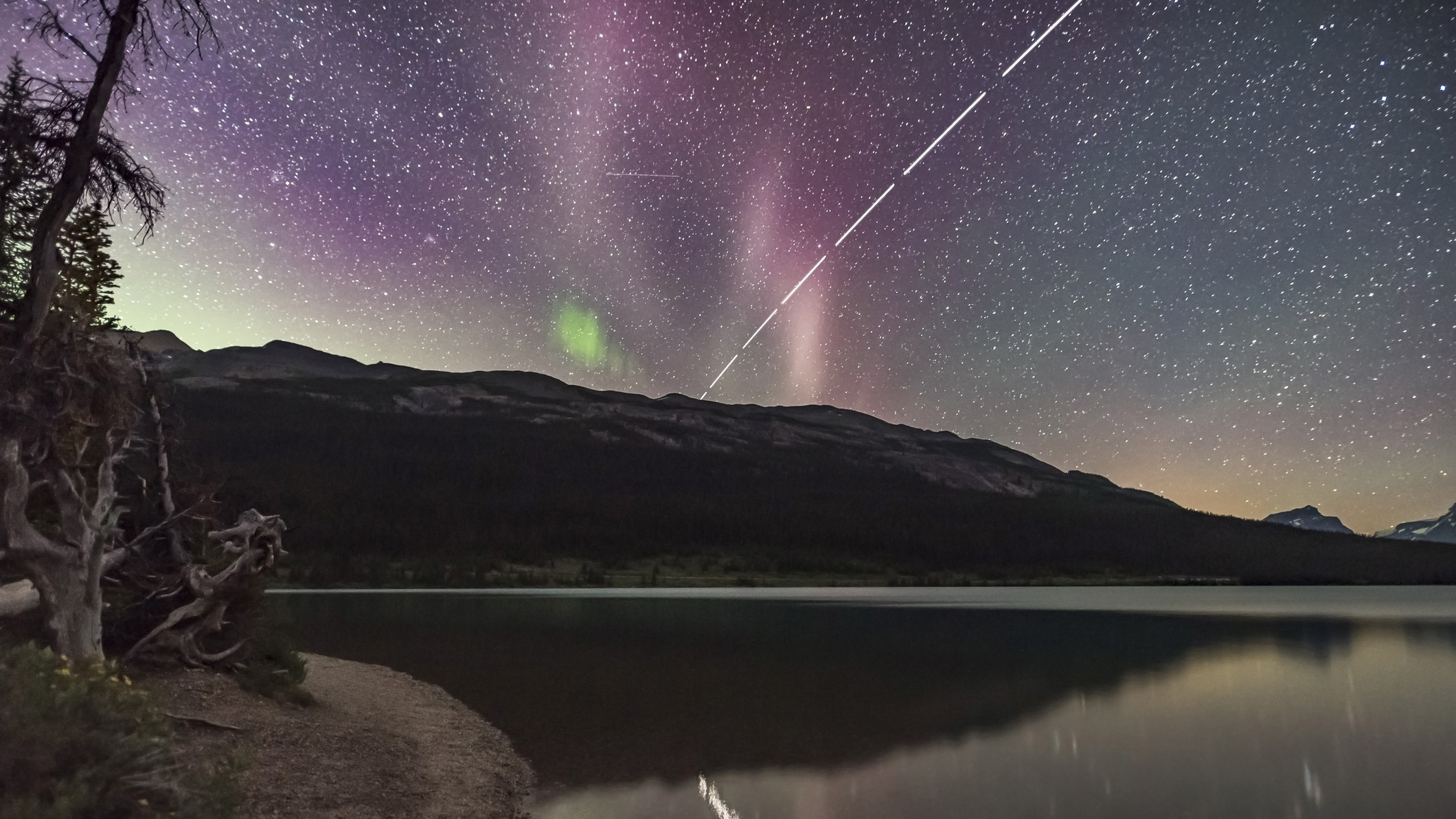How the search for a downed plane led to a fallen space shuttle and vice versa
"That sometimes happens. We go out looking for one thing and we stumble across something else."

In the wake of the 1986 space shuttle Challenger tragedy, a major search and salvage effort was organized to find the sunken wreckage of the fallen NASA spacecraft. In the course of six months, 187 pieces of the shuttle were identified and all but 20 were raised off the ocean floor.
In searching for Challenger, the recovery teams also found the sites of 13 shipwrecks, 13 debris fields from other rocket launches and two downed aircraft. Among the latter was the remains of what was initially thought to be a World War II-era Douglas DC-3 but was later identified to be a Grumman TBF Avenger.
That discovery led to the aircraft being raised, as it was believed to be one of five such torpedo bombers that disappeared in the so-called Bermuda Triangle on Dec. 5, 1945. Code named "Flight 19," all five aircraft and their 14 crewmen were lost without explanation.
Additional research, though, determined that the Avenger was not from "Flight 19," but in a way, history has now repeated itself — only in reverse.
As revealed earlier this month, a History Channel documentary team discovered one of the largest pieces of the space shuttle Challenger to be found since the disaster 36 years ago. The divers did not set out to find spacecraft debris, but rather were looking for the wreck of a Martin PBM Mariner flying boat that also went missing on Dec. 5, 1945.
The Mariner and its 13 member crew disappeared while searching for Flight 19.
"That sometimes happens. We go out looking for one thing and we stumble across something else," said underwater explorer Mike Barnette, who led the team that made the Challenger discovery, in the first episode of "The Bermuda Triangle: Into Cursed Waters," premiering on Tuesday (Nov. 22) on The History Channel.
Breaking space news, the latest updates on rocket launches, skywatching events and more!
The six-part series is focused on the lore and artifacts that can be found in and around the Bermuda Triangle, the loosely-defined region bound by Florida, Bermuda and Puerto Rico where aircraft and ships have been said to mysteriously disappear. The site where Barnette and his colleagues found the large piece of Challenger was not near the Bermuda Triangle, but was under the flight path of the Mariner off the coast of Cape Canaveral.
"[Flight 19] is the first incident that really fixated the public's attention on what we would now call the Bermuda Triangle. Five planes that get lost, you get another one that goes out and all of them disappear. Twenty-seven men are never seen again," said historian David O'Keefe, who joins Barnette on the search.
Like the search, the episode ("The Big Find") veers away from the Bermuda Triangle once they come across the piece from Challenger. Viewers see the initial discovery and a follow-up dive to gather the imagery needed to make the identification. The team consults with former astronaut Bruce Melnick and then heads off to NASA's Kennedy Space Center to meet with Mike Cianelli, program manager of the Apollo, Challenger and Columbia Lessons Learned Program.
"We're dredging up history of a really tragic event. So are they going to be upset at us? I don't know where we stand with them," Barnette said on the show.
"We're in the business of discovery and exploration. I think [this find] is going to connect a lot of people back to the purpose of why we fly rockets," Cianelli said. "So perhaps that's the amazing legacy of Challenger —it is not just a past event that now is resting on the bottom of the sea, but it's to change the future for the better."
"The Big Find," the first episode of "The Bermuda Triangle: Into Cursed Waters" premieres on The History Channel on Tuesday, Nov. 22 at 10 p.m. ET/PT.
Follow collectSPACE.com on Facebook and on Twitter at @collectSPACE. Copyright 2022 collectSPACE.com. All rights reserved.

Robert Pearlman is a space historian, journalist and the founder and editor of collectSPACE.com, a daily news publication and community devoted to space history with a particular focus on how and where space exploration intersects with pop culture. Pearlman is also a contributing writer for Space.com and co-author of "Space Stations: The Art, Science, and Reality of Working in Space” published by Smithsonian Books in 2018.
In 2009, he was inducted into the U.S. Space Camp Hall of Fame in Huntsville, Alabama. In 2021, he was honored by the American Astronautical Society with the Ordway Award for Sustained Excellence in Spaceflight History. In 2023, the National Space Club Florida Committee recognized Pearlman with the Kolcum News and Communications Award for excellence in telling the space story along the Space Coast and throughout the world.



